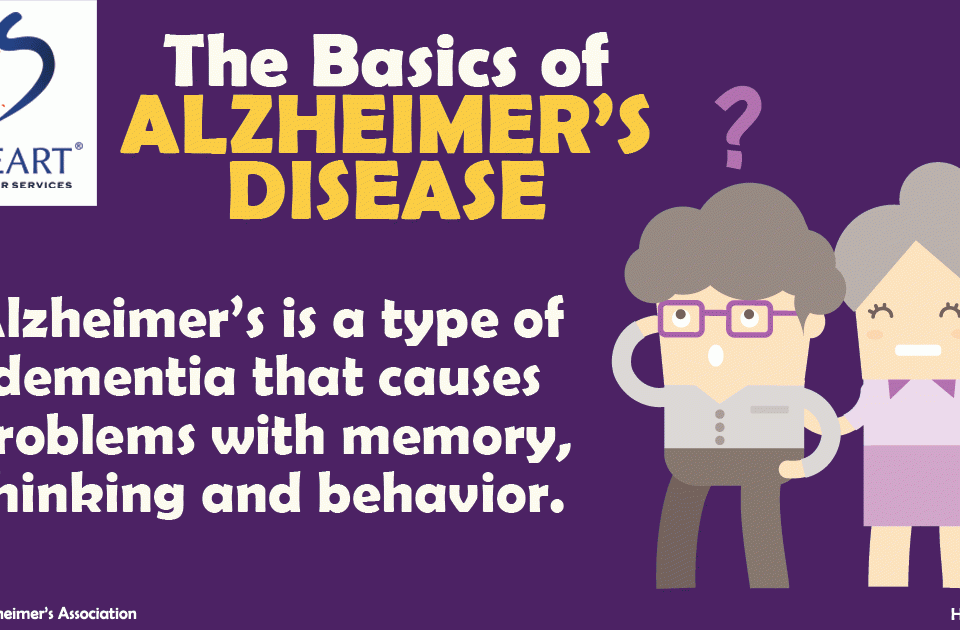You can’t always be there. But we can.
New Alzheimer’s Therapy Shows Promise

Prostate Drug Slows Memory Decline In Women With Alzheimers
February 1, 2015
When Alzheimer’s Leads To Legal Wrangles
February 1, 2015New Alzheimer’s Therapy Shows Promise
Scientists at the Karolinska Institutet have evaluated a new Alzheimer’s therapy in which the patients receive an implant that stimulates the growth of a certain type of nerve cell.

The results, which are published in the journal Alzheimer’s & Dementia, suggest that the introduction of a nerve growth factor can prevent neuronal degradation in Alzheimer’s patients.
Promising results for new Alzheimer therapy
Patients with Alzheimer’s disease suffer a selective and early breakdown of so-called cholinergic nerve cells, which require a specific nerve growth factor (NGF) – essentially a group of proteins necessary for cell growth and survival – to function.
________________________________________
Nerve growth factor (NGF) is a small secreted protein that is important for the growth, maintenance, and survival of certain target neurons (nerve cells). It also functions as a signaling molecule.
________________________________________
As NGF levels decline, the cholinergic nerve cells begin to degrade and the patient’s condition slowly deteriorates.
In an attempt to curb the breakdown of the cholinergic nerve cells, researchers at Karolinska Institutet’s Centre for Alzheimer’s Research and their colleagues at Karolinska University Hospital ’s neurosurgery clinic and the Danish biotech company NsGene introduced NGF directly into the brains of Alzheimer’s patients.
To do this, they used NGF-producing cell capsules, placing them in the basal fore-brain where the cholinergic cells reside using precision stereotactic surgery. There the capsules, which can easily be removed, release NGF to the surrounding cells in order to prevent their degradation.
• To gauge whether the NGF release had any effect on the cholinergic nerve cells, the researchers assayed the presence of specific markers of functioning cholinergic cells.
• This cell system communicates using acetylcholine, which in turn produces an enzyme called ChAT (pronounced Cat) that is found both inside and outside the cells.
• The team developed a method enabling them to measure ChAT in the cerebral spinal fluid for the first time
“Our results show that when the patients received NGF, there was a significant increase in ChAT in the CSF,” says Dr Taher Darreh-Shori, one of the researchers involved in the study. “The patients that exhibited this increase were also those that responded best to the treatment. Our PET scans also showed an increase in cholinergic cell activity and metabolism in the brain.”
• In addition, the researchers were able to detect a retardation of memory impairment over time compared with untreated patients.
• While all this suggests that cholinergic functionality improved in the Alzheimer’s patients who had received NGF therapy, the team adds the caveat that far-reaching conclusions should not be drawn from the results:
“The results are promising, but must be treated with circumspection as only a few patients participated in the study,” says principal investigator Professor Maria Eriksdotter. “So our findings will have to be substantiated in a larger controlled study using more patients.”
• The NGF-producing cell capsule method (encapsulated cell biodelivery) was developed by NsGene. The paper’s first authors are doctoral students Azadeh Karami and Helga Eyjolfsdottir..
• The study was financed by grants from several sources, including the Foundation Olle Engkvist Byggmästare, Åke Wiberg’s Foundation, Åhlén Foundation , the Swedish Dementia Fund, the Odd Fellows, the King Gustaf V and Queen Victoria Free Mason Foundation, Karolinska Institutet’s strategic research programme in neuroscience (StratNeuro), the Swedish Research Council and Swedish Brain Power.
Publication: ‘ Changes in CSF cholinergic biomarkers in response to cell therapy with NGF in patients with Alzheimer’s disease ‘, Karami, A., H. Eyjólfsdóttir, S. Vijayaraghavan, G. Lind, P. Almqvist, A. Kadir, B. Linderoth, N. Andreasen, K. Blennow, A. Wall, E. Westman, D. Ferreira, M. Kristoffersen-Wiberg, L. O. Wahlund, Seiger, Å. , A. Nordberg, L. Wahlberg, T. Darreh-Shori, M. Eriksdotter, Alzheimer’s & Dementia , uncorrected proof online 9 February 2015, doi 10.1016/j.jalz.2014.11.008.
Karolinska Institutet is one of the world’s leading medical universities. Its vision is to significantly contribute to the improvement of human health. Karolinska Institutet accounts for over 40 per cent of the medical academic research conducted in Sweden.
source: www.alzheimersreadingroom.com

